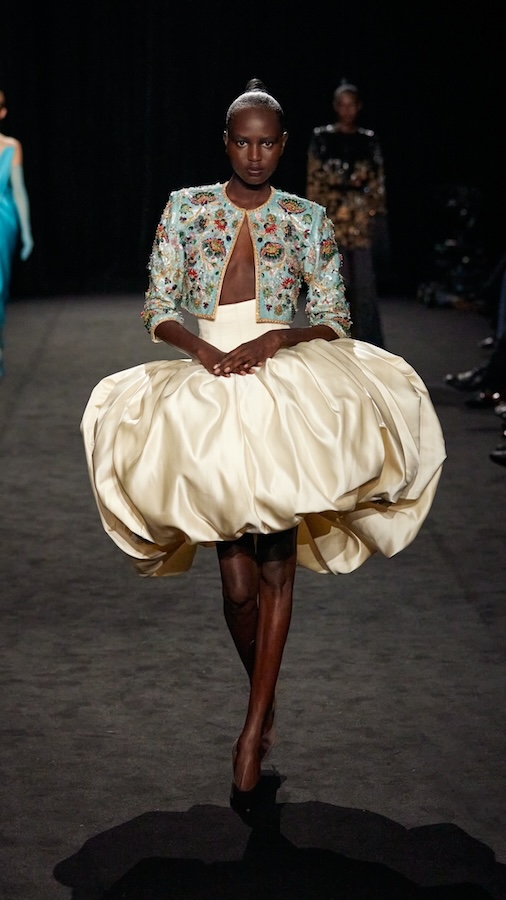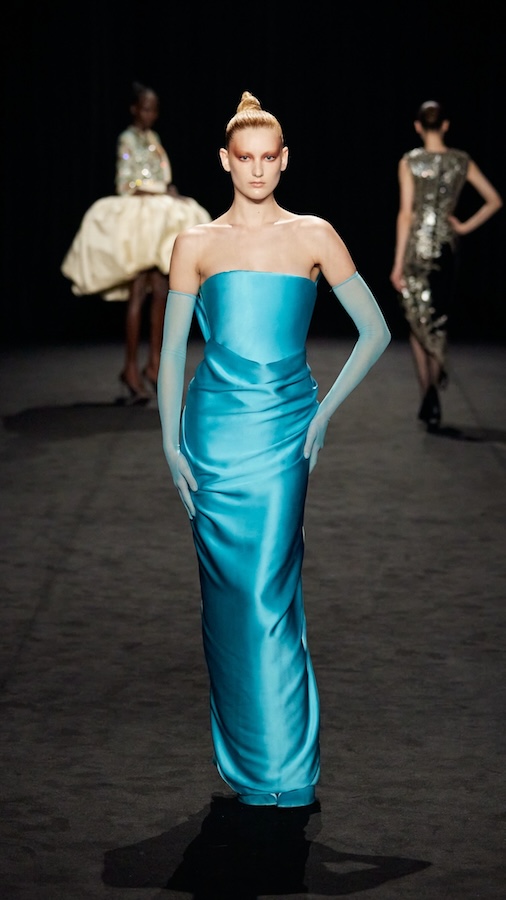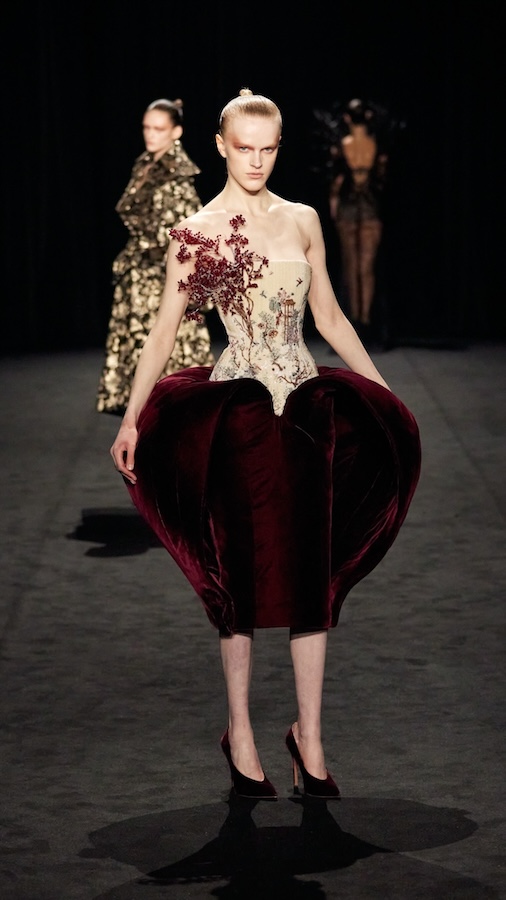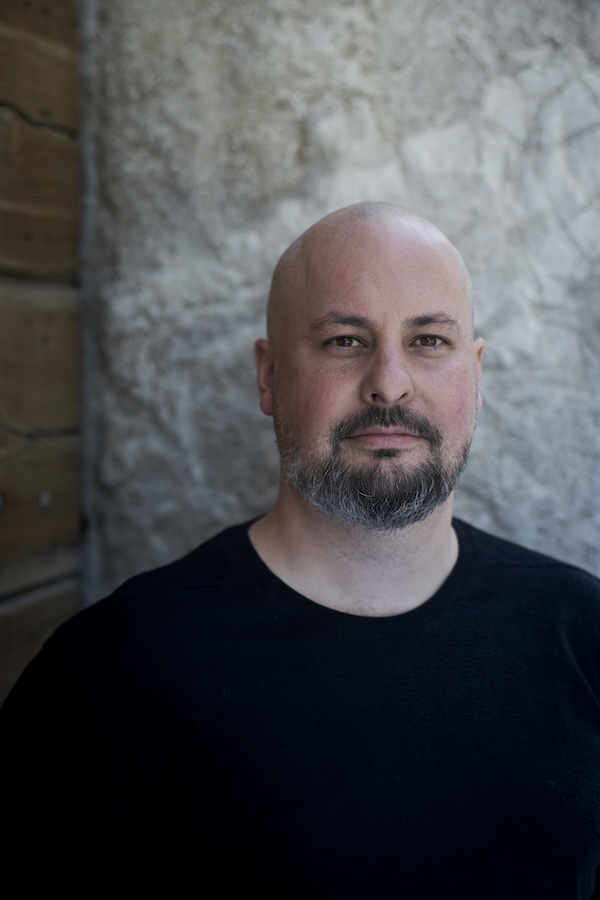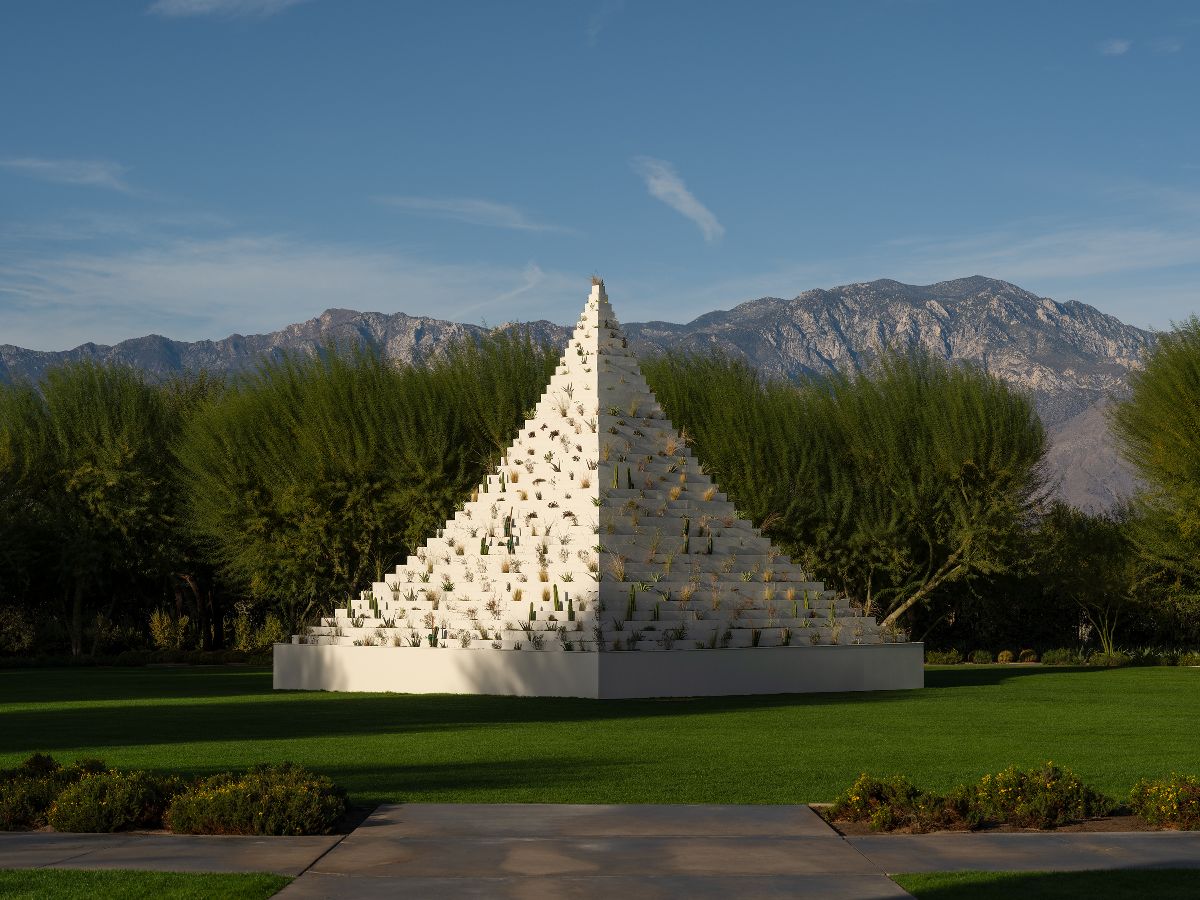ALULA: Positioned outside Madrasat Addeera — a former girls’ school in AlUla that has been turned into a creative arts center — are creations by five design practices, the results of the first AlUla Design Residency.
Hall Haus, a creative collective from France, took inspiration from the traditional Arabic majlis for its giant modular sand-colored sofa, entitled “Haus Dari.” “Peculiar Erosians,” meanwhile, is a series of sculptural works by another French designer, Leo Orta, that were inspired by the mud-brick architecture of AlUla and the geology of the region. And Saudi artist Leen Ajlan created her modular seating area, “Takki,” from reclaimed wood and was inspired by regional boardgames, popular in the evenings in AlUla, such as jackaroo, backgammon and carrom. The two other works are “Surface!” from Bahrain-based design studio bahraini-danish, and “From Debris” by Studio Raw Material from India.

Leen Ajlan's 'Takki' on show at the Design Residency Exhibition. (Lorenzo Arrigoni/ Supplied)
Together, the works form “Unguessed Kinships,” an exhibition curated by Ali Ismail Karimi, which runs until April 30.
“For the duration of a period from the end of October 2023 to the end of January 2024 these designers have been based in AlUla exploring materiality, objects, furniture and the ways in which design mediates public space,” Karimi told Arab News. “Of course, during the residency a series of conversations came up on the role of design in a place like AlUla and within the larger vision for Saudi Arabia in this moment and the conversations led us to the way design objects act as mediators between different unities and different publics from around the world, Saudi Arabia, and the wider Middle East, coming to AlUla and interacting.”
“Unguessed Kinships” is one of several exhibitions taking place during the third edition of the AlUla Arts Festival, which runs until March 2, and which immerses visitors in a vibrant showcase of visual and public art and design throughout the ancient city.
Highlights include the return of the international open-air art exhibition Desert X AlUla, and two exhibitions of Saudi artist Manal AlDowayan’s work that form part of the pre-opening program for Wadi AlFann, a new “cultural destination.”
Elsewhere there is AlUla 1445, an outdoor exhibition of typically vibrant photographs taken by Moroccan pop artist Hassan Hajjaj of residents of AlUla, including farmers, sports teams, merchants, craftspeople and the creative community, taken in February last year.

Hassan Hajjaj's 'AlUla 1445.' (Supplied)
And this year’s festival includes is the first public showing of Saudi artist Obaid Alsafi’s Ithra Art Prize-winning piece, “Palms in Eternal Embrace,” which explores what Alsafi calls “the dialogue about the deeper relationship between the landscape and humanity.” The work, staged in AlUla’s AlJadidah Arts District, is a site-specific installation comprising 30 palm trunks intricately woven together using a diverse array of locally sourced organic or recycled textiles in collaboration with local artisans. The work encourages viewers to reflect on ways to safeguard the natural environment and the endangered palm trees.
The first of the two exhibitions of the work of Manal AlDowayan, who will also represent Saudi Arabia at the Venice Biennale this year, marks the lead-up to her monumental new land art commission “Oasis of Stories” (also the name of the exhibition), a large-scale labyrinthine installation inspired by AlUla’s Old Town, which will be permanently placed in the desert around AlUla from 2026. It features hundreds of drawings gathered from the artist’s participatory workshops with communities across AlUla. The drawings and stories will eventually be inscribed into the walls of “Oasis of Stories.” The second exhibition, “Their Love Is Like All Loves, Their Death Is Like All Deaths,” examines AlDowayan’s practice and the recent inspiration she has derived from AlUla.
The festival also marks the opening of Design Space AlUla in the AlJadidah Arts District, a focal point for AlUla’s wide-ranging design initiatives, and a major contribution to the vision that AlUla will become a global destination for art and culture.

Hall Haus's 'Haus Dari' from the Design Residency Exhibition. (Lorenzo Arrigoni/ Supplied)
The event also presents the results of the annual AlUla Visual Arts Residency in “The Shadow Over Everything,” curated by Maryam Bilal. The show transfroms Mabiti’s palm grove into an outdoor experiential exhibition featuring works by artists from across the world.
“We created the residency so that it becomes the source for our longer-term projects, such as the museums,” Arnaud Morand, head of innovation and creation at the French Agency for AlUla Development, said. “It is a way for us to create a laboratory of contemporary creation that will feed the other long-term projects.
“We are also trying to identify talent through the residency that could be invited afterwards to pursue research into more ambitious commissions, whether for museum pieces to feed our collection strategy, or public art strategy, or otherwise,” he added.
Works on view at “The Shadow Over Everything” include an installation/performance artwork by Emirati artist Maitha Abdalla titled “If…to be born,” which consists of mud sculptures and a live performance that delves into Arab folklore and myth.
And in the dazzling, mirror-clad Maraya Concert Hall “More than Meets the Eye,” an exhibition of contemporary works of art by Saudi artits on loan from collectors across Saudi Arabia, is intended to “re-canonize the history of contemporary art movements in Saudi Arabia, documenting the story of artists and the role of collectors in the development of the art scene,” according to a press statement.
Curated by Dr. Effat Abdullah Fadag, the exhibition presents key works by pioneering Saudi artists including Abdulhalim Radwi, Mohammed Alsaleem and Mounirah Mously alongside leading contemporary artists from the Kingdom such as Ahmed Mater, Muhannad Shono and Dana Awartani. The exhibition showcases works that have rarely been presented to the public.













